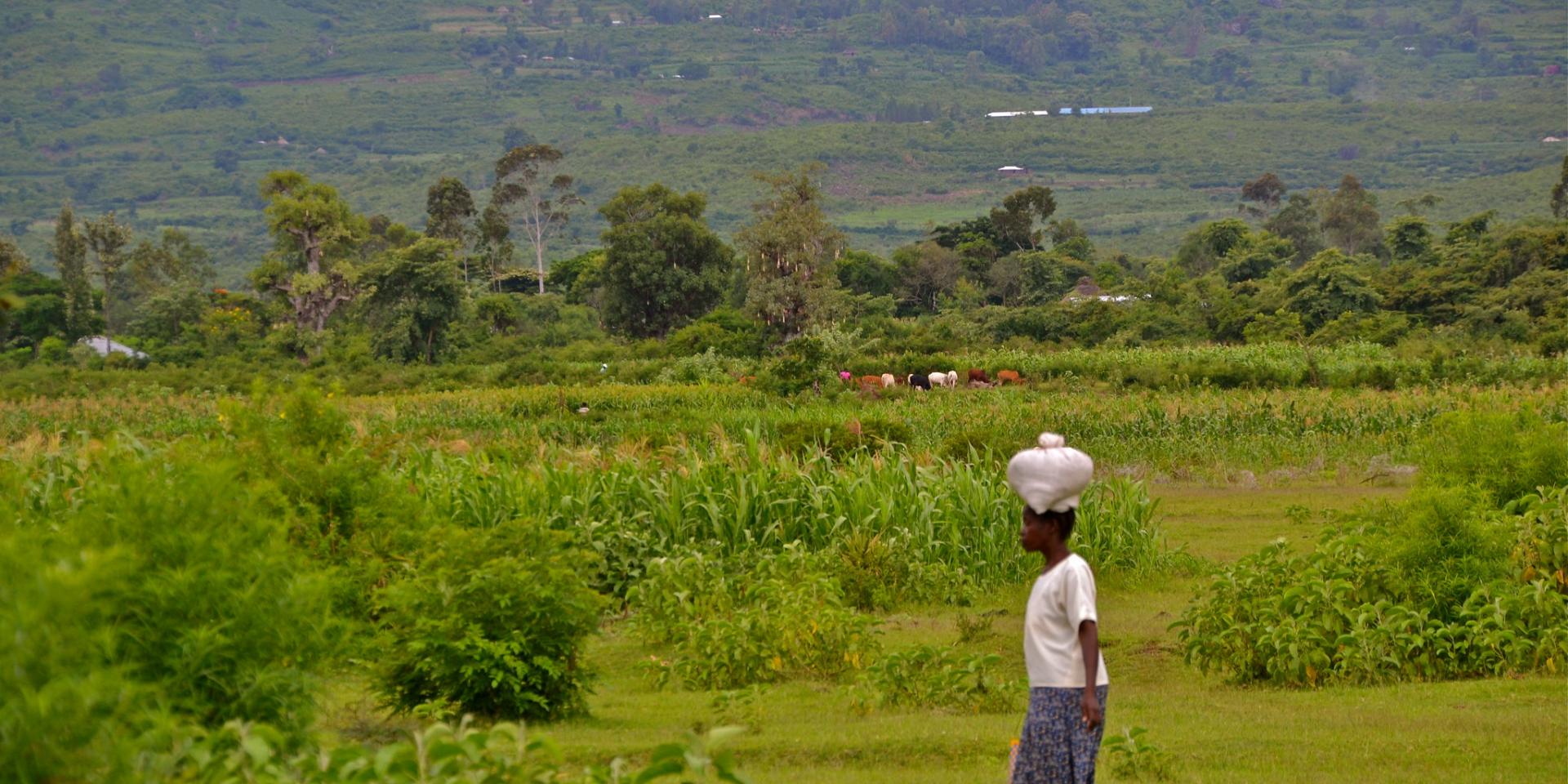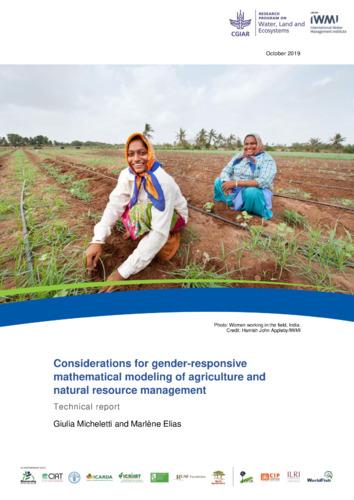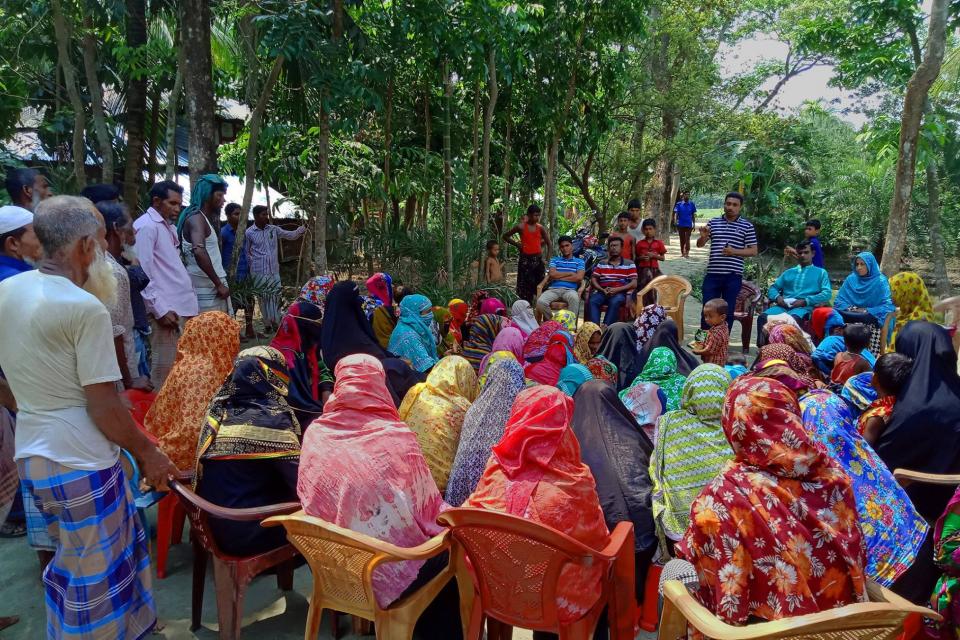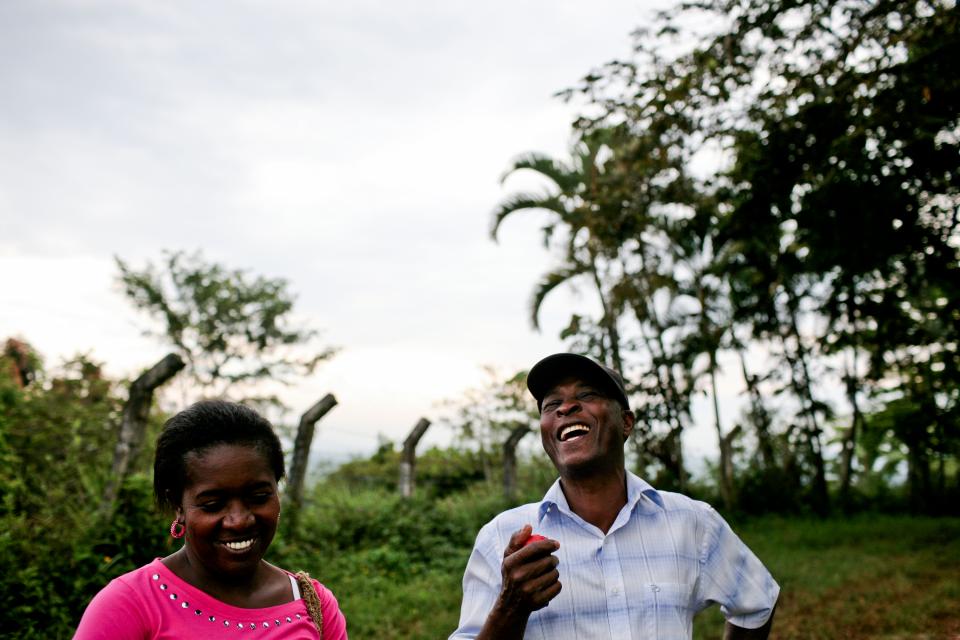Considerations for gender-responsive mathematical modeling of agriculture and natural resource management
 Photo: Cecilia Schubert.
Photo: Cecilia Schubert.
Guidance on how and when to consider gender relations when using mathematical models to analyze physical and socioeconomic phenomena in agriculture and natural resource management.
Why is this method important?
Models can help us understand critical environmental and development challenges by logically simplifying complex processes (or part of one).
In agriculture and natural resource management, models are often used to analyze both physical and socioeconomic phenomena.
Econometric models often include gender as an explanatory variable, unlike models that describe only biophysical processes. However, biophysical models may carry gender implications that require consideration (e.g., treating gender as a variable that shapes the biophysical world).
Therefore, mathematical models require analyses that acknowledge the complex, shifting and context-specific nature of gender roles and relations. This report identifies many such considerations, and when to do so.
Who is the method for?
Researchers and practitioners in agriculture or natural resource management who create or use the results of:
- decision-making models
- land-use planning models
- statistical relationship-based models
- process-based models.
This is essential so practices and innovations are more responsive to the realities and interests of all people the work intends to benefit.
How can I use the method?
Using the brief will help to stimulate thinking on ways to engage with gender relations to develop models that can support analysis on innovations that promote equitable and sustainable agriculture and natural resource management.
This occurs at three key phases:
1) when conceptualizing the model/framework
2) when collecting data to populate the model
3) when interpreting model outputs.
It can help you to do such things as:
- consider how gender relations shape access to resources, assets, time, mobility, interests, preferences, and ability to influence decision-making processes
- ensure adequate sampling and engagement with different social groups in data collection
- making an informed interpretation of model outputs.
When and how was it developed?
Led by Biodiversity International and carried out under the CGIAR Research Program on Water, Land and Ecosystems (WLE), this method was published in 2019.
Where can I learn more?
Access the publication below or contact CGIAR gender expert Marlène Elias.
Publications



